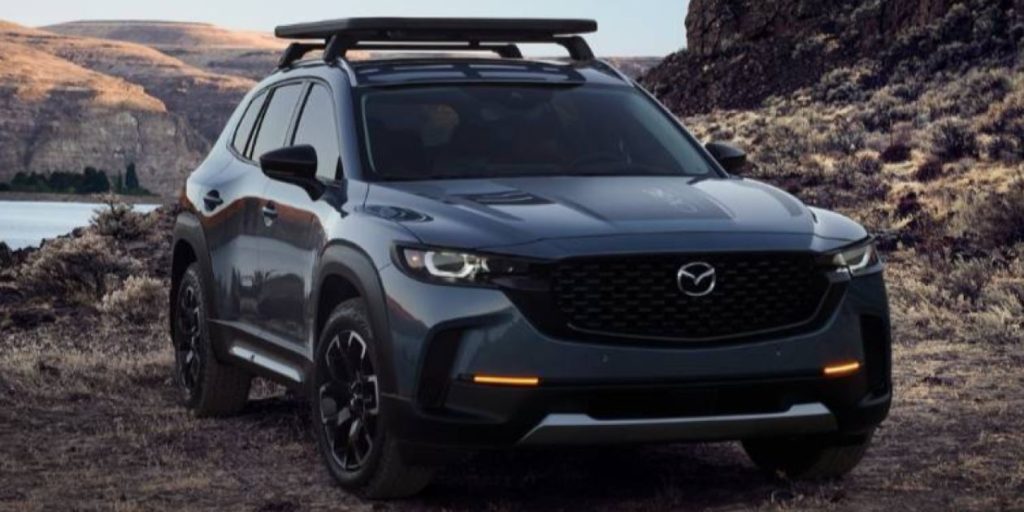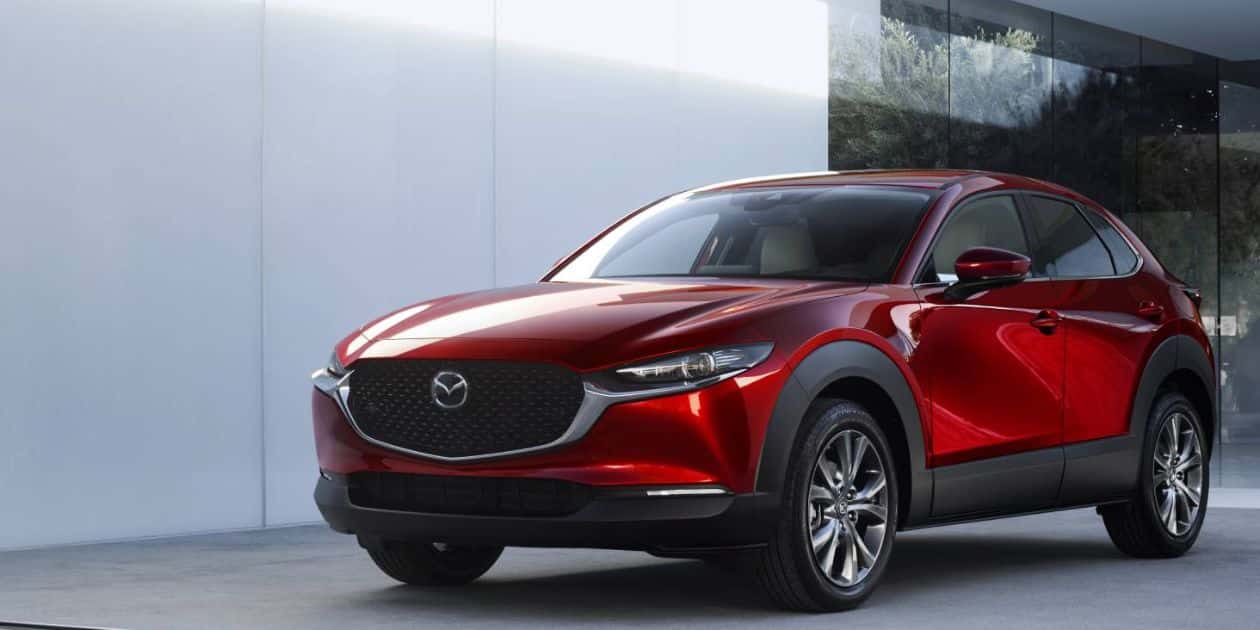Mazda is a well-known Japanese car manufacturer. It produces vehicles for consumers all over the world. The company has been in operation for over a century. People regard their vehicles for their reliability, performance, and style.
But who makes Mazda cars? Let’s explore that question in more detail. Mazda makes sporty cars that look good on the road. But there’s more to the story than just aesthetics. The history of Mazda is fascinating, full of innovation and perseverance. Car enthusiasts and casual readers find it interesting to learn about the people behind the brand.
Skilled engineers, designers, and workers make Mazda cars with a commitment to quality. Every step of the process is carefully executed, from the initial concept to the final product. They ensure that Mazda cars meet the high standards set by the company. You can learn more about the people who make Mazda cars. Just visit the company’s website or check out their social media channels. Read this article and learn about the history and development of mazda.
History of Mazda
The Toyo Cork Kogyo Co. Ltd. founded Mazda in 1920 in Hiroshima, Japan. The company started by manufacturing cork products. But it soon expanded into the production of machine tools and, eventually, automobiles. In 1931, Mazda produced its first three-wheeled truck. In 1960, it released its first passenger car, the Mazda R360.
Mazda gained a reputation throughout the 1960s and 1970s for producing high-performance and innovative cars. In 1967, the company released its first rotary-engine car. The Mazda Cosmo Sport 110S helped establish Mazda as a leader in engine technology. In the 1970s, Mazda introduced its Wankel rotary engine. It was used in popular models such as the Mazda RX-7.
Today, Mazda produces reliable and stylish cars. They are popular with drivers around the world. But who owns Mazda today?
Ownership Structure of Mazda
Mazda is a traded company, meaning that its shares are available for purchase on the stock market. The company’s ownership structure is complex.
As of 2021, the largest shareholder in Mazda is the Sumitomo Mitsui Trust Bank, with a 6.2% stake in the company. Other major shareholders include Japan Trustee Services Bank, Ltd. and The Master Trust Bank of Japan, Ltd.
Also, to these financial institutions, Mazda has several strategic partners and alliances. One of Mazda’s most significant partnerships is with Toyota, which owns a 5% stake in Mazda. The two companies have worked together on various projects. They will make electric cars and build a new factory in the USA.
Mazda also has a joint venture with Ford Motor Company, established in 1979. AutoAlliance International is a partnership that makes cars. They create Mazda and Ford vehicles at a factory in Michigan.
Who Designs and Manufactures Mazda Cars?

So, who handles designing and manufacturing Mazda cars? And who makes Mazda cars? Mazda makes its cars in Japan, Thailand, China, and Mexico.
The concept behind Mazda’s design philosophy is “Kodo” design. This emphasizes using clean lines and simple shapes to create a sense of motion and energy. This design philosophy is evident in the company’s current lineup of vehicles. It includes the Mazda3, Mazda6, and CX-5.
To design its cars in-house, Mazda also manufactures many of its parts. The company has a dedicated parts manufacturing division. It is known as Mazda Motor Manufacturing Corporation (MMMC). It produces components such as engines, transmissions, and axles.
Mazda also has a close relationship with its suppliers, many of whom are in Japan. The company works with its suppliers to ensure they meet strict quality standards. It can deliver the parts needed to keep Mazda’s production lines running smoothly.
Mazda’s Global Sales and Distribution Network
Mazda is a global brand that sells its cars in various markets worldwide. The company has an extensive sales and distribution network. This ensures its vehicles reach customers in different regions. This network comprises multiple channels, including dealerships, distributors, and online sales platforms.
Mazda’s Dealerships:
Mazda has a vast network of authorized dealerships worldwide. Some dealerships sell Mazda cars in different regions. These dealerships also service the Mazda cars they sell. They offer customers a range of services. It includes test drives, financing, and after-sales support.
Distributors:
In some countries, Mazda operates through independent distributors. These companies are responsible for importing and distributing Mazda vehicles in their regions. They work closely with Mazda. Their goal is to ensure the brand’s vehicles meet local regulations and market requirements.
Online Sales Platforms:
Mazda has also embraced online sales platforms in its global sales strategy. Customers can browse Mazda vehicles on the company’s official website. Customers can purchase Mazda vehicles on the company’s official website or online marketplaces.
Global Markets:
Mazda is present in many global markets. These markets include North America, Europe, Asia-Pacific, and Latin America. The company makes special plans to sell and advertise in each market.
Sales Performance:
Mazda’s global sales have been on an upward trajectory in recent years. The company sold 1.6 million cars worldwide in 2021. North America and China were the biggest markets.
Mazda’s global sales and distribution network is critical to the company’s success. By leveraging this network, Mazda can reach customers in different regions.
Conclusion
Who makes Mazda cars? Mazda is a company with a rich history and a complex ownership structure. While the company is publicly traded. Its ownership is spread across a variety of financial institutions and strategic partners. Mazda produces high-quality cars. These cars are stylish and reliable despite their complexity. The company’s design philosophy, known as “Kodo” design, emphasizes using clean lines and simple shapes to create a sense of motion and energy in its vehicles.
Mazda’s in-house design and manufacturing capabilities allow the company to maintain a high level of quality control. It ensures that its cars meet the highest standards. It means making both the cars and their parts.






